In a state of turbulence and global concern, Eastern Europe becomes the highlight of many news broadcasts. Here we will travel around the wonderful origins of Ukraine and learn more about this attention-grabbing Eastern European gem.
Followed by being enlightened to the true beauty and character this country has to offer others.
Early roots

Initially, human settlements are discovered in the territory dating back to the years (43,000 45,000 and XNUMX XNUMX BC). For some time it seems that the native inhabitants of Ukraine practiced the development of handling of horses and other animals.
More importantly, this became central to the development and survival of society because there were many challenges that required these skills. To illustrate, many tribes such as the Scythians, Cimmerians and Samaritans settled in the area and made the competition fierce for dominance.
With these ideas, beliefs and practices combined, there had to be a sense of balance to create a common culture. As we move towards the sixth century, further groups from Rome, Greece, Byzantine and Germanic backgrounds colonize the coastal areas.
Furthermore, as time goes on, the country of Ukraine becomes a forerunner of the many Slavic tribes that later developed. In short, this country played a major role in creating a culture that would soon dominate Eastern Europe.
Common ground

Furthermore, in the seventh century, eastern Ukraine became part of the establishment of Bulgaria. To illustrate, the territory was notorious in history for being the center of "Old Great Bulgaria".
The country is temporarily a sanctuary for the country until further invasions are pursued by the Khazars. From there, many ancient Bulgarian tribes migrate to different places of refuge.
In addition to catalyzing the creation of Bulgarian culture, Ukraine established the dominant group known as the Ante influence. This tribe is believed to be the subject of the predecessors of Slavic groups such as white Croats, Poles and more.
Interestingly, movements from these Ukrainian tribes in the Balkan regions served the responsibility of establishing South Slavic nations. On the other hand, northern shifts also played key roles in creating society in Russia.
Above all, Ukraine's colorful origins and events became central to the development of the modern territory we recognize today.
Dawn of a New Era
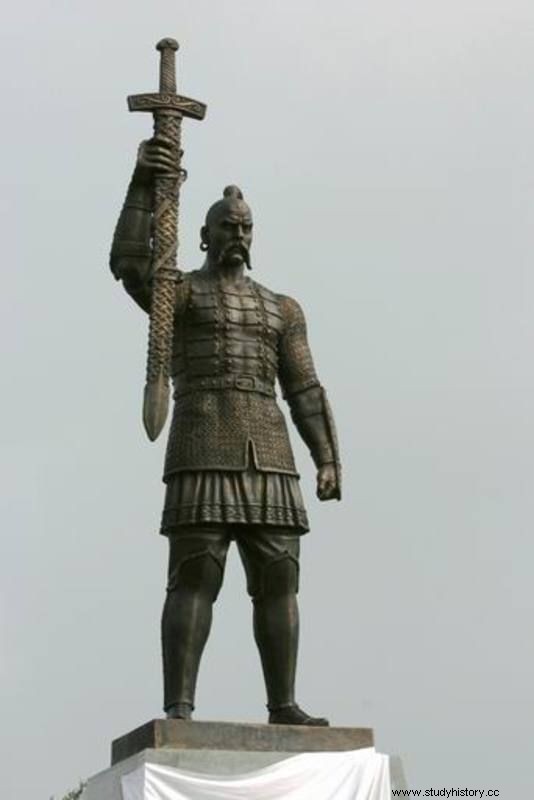
While these tribes thrived, their time also ended with a total fall of their civilization. Furthermore, further foreign raids separated these people, but allowed them to survive until the second millennium.
In summary, things for Ukraine are just beginning to form as they are closer than ever to gaining a prominent place.
Kyiv-Russia
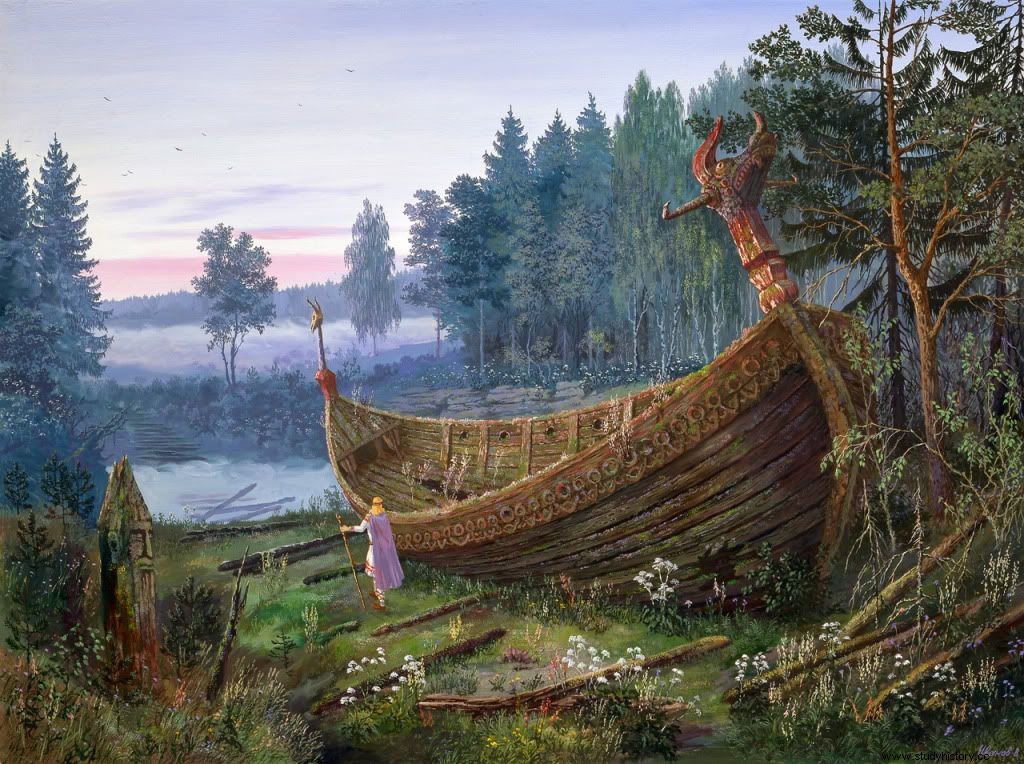
Moreover, as we delve deeper into the history of Ukraine's origins, the golden age of the nation's establishment is highlighted. While Kievan Rus becomes a debatable topic regarding the location of the foundation, it serves significance for the birth of modern Ukraine.
After different tribes continue to live separately from each other in the country, there is a desire for unification. This is where the inhabitants leave foreign leaders (varangians) from Scandinavia to take control of assembling an empire.
In 862, the Rurik dynasty was developed in modern Novgorod, Russia. This dynasty played an important role not only in the formation of Ukraine, but also in the Grand Duchy of Moscow.
By the tenth and eleventh centuries, Kievan Rus became one of the most powerful and influential states in Eastern Europe. An example can be found with the discovery of the city of Kyiv (modern Ukrainian capital).
This city became important as it served as the capital of civilization. In essence, Ukraine began to flourish from its seeds of ambition.
Achievements of Kievan Rus

Mainly after Kievan Rus was established by the Varangians (Scandinavians), many leaders integrated into the common culture. Although this vast territory was separated by various states throughout Eastern Europe, internal battles ensured between the heirs to the throne.
Along with the founding of this great state, the golden age of Kievan Rus began. Furthermore, the regime of Vladimir became the most prominent in history because he served the role of Christianizing Ukraine.
This form of Christianity presented itself uniquely in contrast to Western versions as Byzantine influence flourished greater. In addition, his son, Yaroslav the Wise, became responsible for gaining military expertise and further cultural recovery regarding identity.
These events played a major role because the people of Ukraine began to separate from neighboring tribes. This means that problems with expression were understood among others as a common culture flourished and flourished.
In short, Kievan Rus imitated and delivered salvation and progress to many.
A new chapter for Ukraine

With the coming government of Vladimir II Monomakh and his son Mstislav, the kingdom of Kievan Rus began to decline. As a result, Mstislav's death marked the end of the golden age of civilization because of division.
By the thirteenth century, foreign influences (Mongols) from the Far East destroyed the kingdom. To add, the capital of Kyiv was annihilated by the year 1240.
For this reason, the regions of Volodymyr and Halych merged and became known as Galicia-Volhynia. At this point, a man named Danylo Romanovych saved the country by taking on the role and responsibility of reuniting Rus.
Here he successfully took control of the ruined Kyiv and Galicia-Volhynia where the southwestern territory was revived. In addition, the kingdom of Ruthenia became known in history as the most capable and robust state in east-central Europe.
Ukraine has actually shared its ups and downs as a growing empire, but it continues to prove to be unbreakable.
Influence from neighboring regions
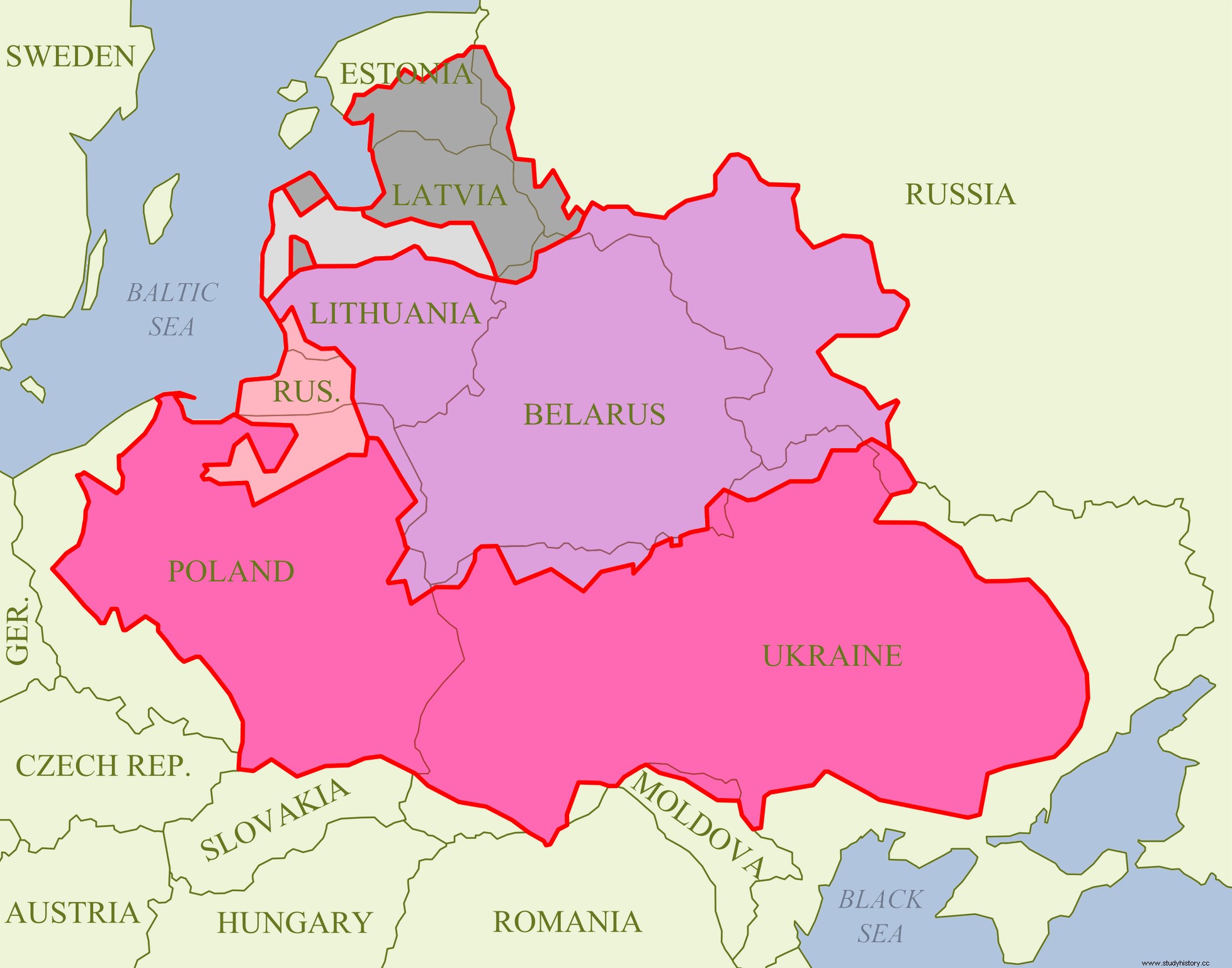
By the middle of the fourteenth century, Ukraine was again put to the test as a developing nation. To illustrate, with the impending death of the Polish ruler Boleslaw Jerzy II, the dynasty decides to conquer and claim Galicia-Volhynia.
In addition to these events and wishes, Kyiv was influenced by Gediminas when the territory temporarily became part of Lithuania. This was a result of a sad defeat for Ukrainians at the Battle of the Irpen River.
In 1386, northern Ukraine came under the rule of the newly established Polish-Lithuanian Commonwealth. As difficult as things seemed, this resulted in the end of the Galicia-Volhynia conflicts over territory.
The inhabitants then had the chance to discover or reclaim former municipalities within this place. Interestingly, Poles became responsible for the further basis of regions in the south such as Crimea.
In short, Ukraine experienced further formation from neighboring countries in Eastern Europe.
Bonus effects from Eastern European powers in Ukraine
When it comes to the additional effects Ukraine experienced when the neighboring powers lost control of the territories, things developed. For example, with the addition of the Polish-Lithuanian Commonwealth taking over the north, many residents are adopting Catholic worship practices.
This creates a new divide when native Ukrainians revolt by becoming deeply committed to the Orthodox faith. Furthermore, a group called the Zaporozhian Cossacks from central and southern Ukraine began to grow in number as the natives sought refuge.
They are known to be ruthless when they meet enemies and settle with Polish rulers in the north. To add, they agreed to welcome native Ukrainians as supporters to achieve a common goal that becomes recognition.
In the year 1648, Bohdan Khmelnytsky and Petro Doroshenko made this wish a reality when they successfully led a revolt. This is where the men became known as heroes and liberators for their country when they saved Ukraine.
Establishment of political powers
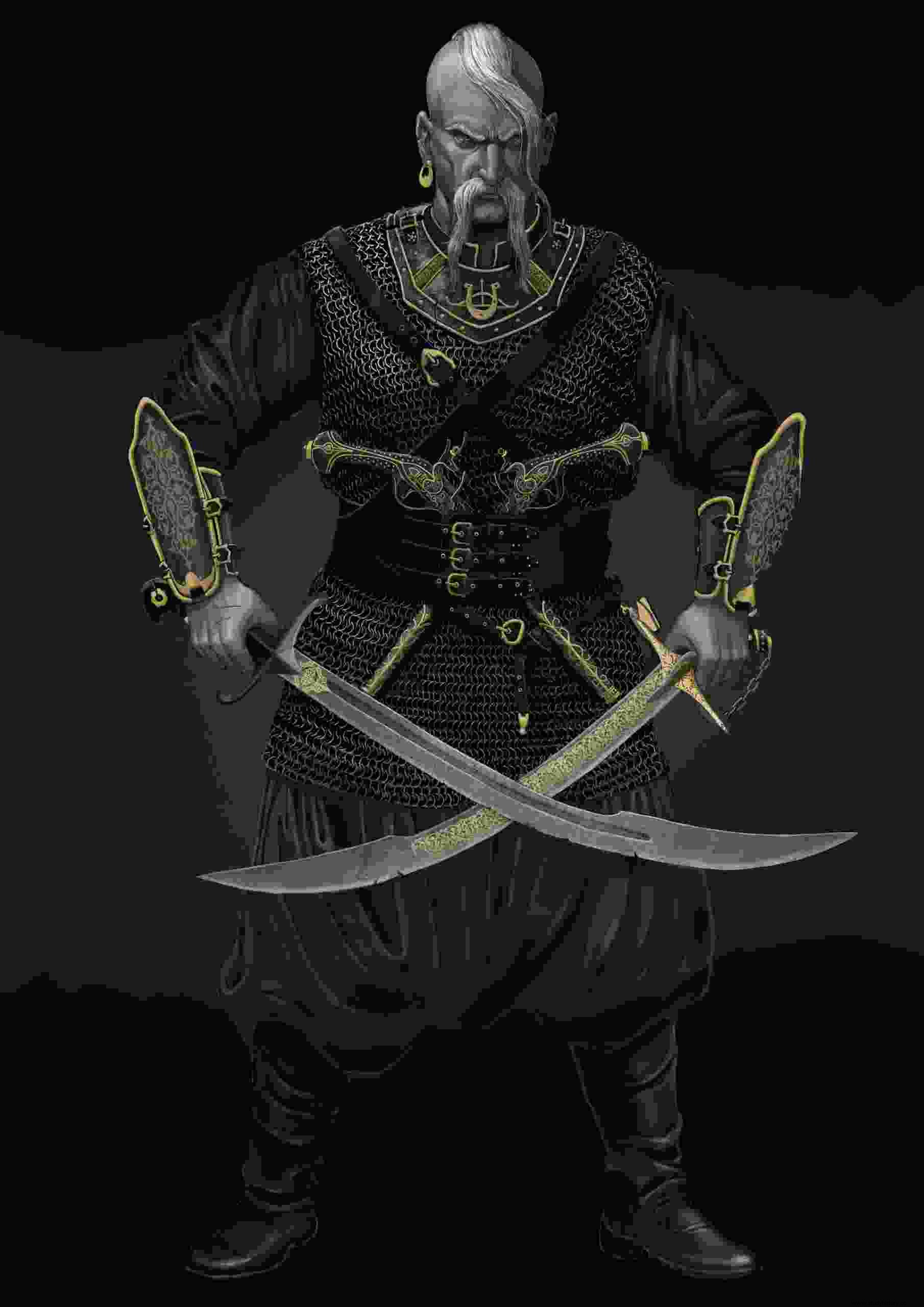
After the liberation of northern Ukraine in 1648, Bohdan Khmelnystky and Petro Doroshenko founded the Cossack dictatorship. Cossack Hetmanate became known as a regional state in the country between the years 1648-1764.
This location is important in the history of Ukraine because it provided a stable basis for political relations with Russia. In addition to these incidents, another important thing is that the constitution of Pylyp Orlyk is recognized.
This document is recognized as one of the earliest state constitutions in Europe as it strives to balance political powers. This followed the balancing of the hierarchy of the Ukrainian government.
All in all, Ukraine continued to grow and develop character as time went on.
Annexation of Crimea (1783)

Moreover, after huge battles, riots and countless lives lost, Ukraine once again finds itself tampered with its territories while Russia strikes. The Stepovyna or Novorossiya region is occupied by a Russian majority.
Despite previous agreements concluded in treaties between the countries, Ukrainian officials and Cossacks never gain autonomy or general freedom. The annexation period became very difficult for the inhabitants because there was a "Russification law" that restricts the use of speaking Ukrainian.
As it was established by tsarists, more tensions and enmities were secured. The annexation of Crimea in this history lasted from the years 1783 until the Russian Revolution in 1917.
During this period, many Ukrainians migrated to safer regions from the hostile environment. One of the main reasons why the annexation was easy was because the indigenous people lacked resources and determination.
Overall, the country was overwhelmed by the constant threat from external forces that penetrated its domain.
Nineteenth-century nationalism

When we come to the nineteenth century in Ukraine, selected territories are included in politically Russian-controlled regions. During this era, Queen Catherine the Great, as a Russian-Turkish warrior, encouraged German migrants to settle abroad.
This served a purpose of surpassing Turkish populations and inspiring agriculture. This area known as the "Wild Fields" of the Black Sea hosted Bulgarians, Greeks and Serbs as a result.
As time goes on and modernization takes place, a cultural trend of "romantic nationalism" grows. This event focuses on igniting a national rebirth and social justice in the name of Ukrainian identity.
On the other hand, in regions such as Galicia, nationalist parties ensured that they came under the rule of the Habsburg dynasty. For some residents of the country were proud of their hard-earned established representation when regions came under foreign control.
All in all, this century was one of the most prosperous epochs since the golden age of Kievan Rus.
World War I and the involvement of the Russian Revolution

Then the country of Ukraine found itself in serious and tense scenarios when they lived through the twentieth century. During the First World War, the country was again divided when it came to taking the side of the central government.
Interestingly, the number of soldiers on the Russian side tripled compared to the Austro-Hungarian army. Undoubtedly, things ended horribly for both sides when there were many losses, traumas and strains to experience.
Furthermore, with the continuous catastrophe of the Russian Revolution that took place and the monarchy was annihilated, the Ukrainian People's Republic gained independence. This means that former territories controlled by the Russians were liberated and part of Ukraine again!
To add, by 1922, the country became a member of the Union of Soviet Socialist Republics. Together, this amazing land comes from the ashes.
Today's Ukraine
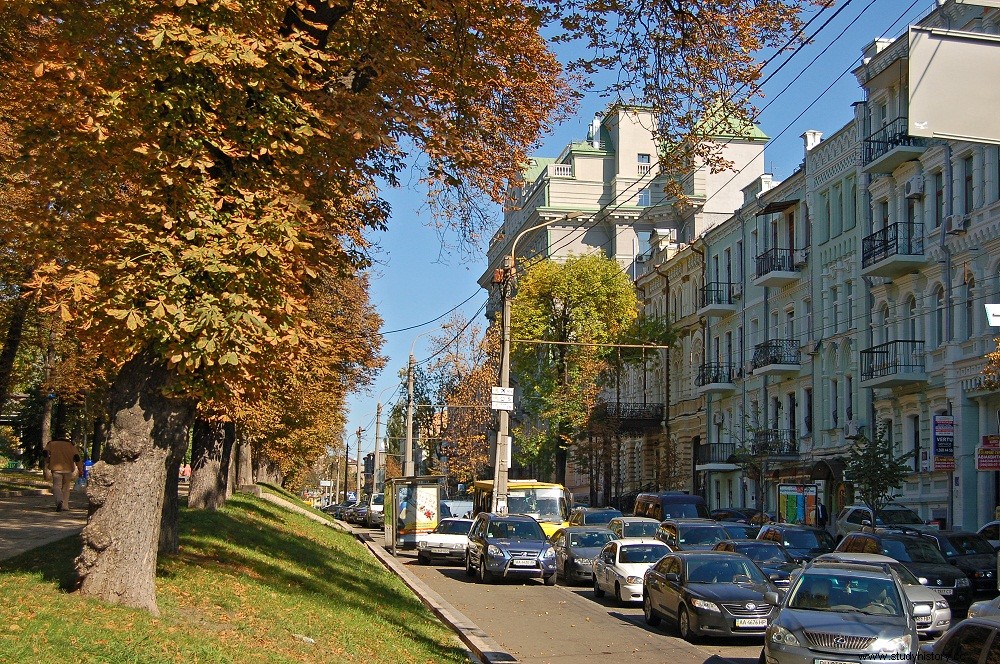
Fast forward almost seventy years later, the country of Ukraine is officially recognized as an independent state free of communism. In the late 1990s and early 2000s, Ukraine began to gain a foothold in the proper establishment as the economy stabilized.
Things are good for a while until 2014 comes. In March of that year, Russian President Vladimir Putin annexed Crimea for Russia
Surprisingly, getting this territory was not a big problem as most officials in the area welcomed their neighbors. Unfortunately, this feat did not end there as many more individuals lost their lives in various military campaigns.
As a result of the violence that is taking place, many families are fleeing and seeking refuge in neighboring countries throughout the EU. Desperate, prepared and proactive Ukrainians abroad can only ask for this civil war to end.
All in all, Ukraine as a nation is being challenged once again in modern history.
A brighter future
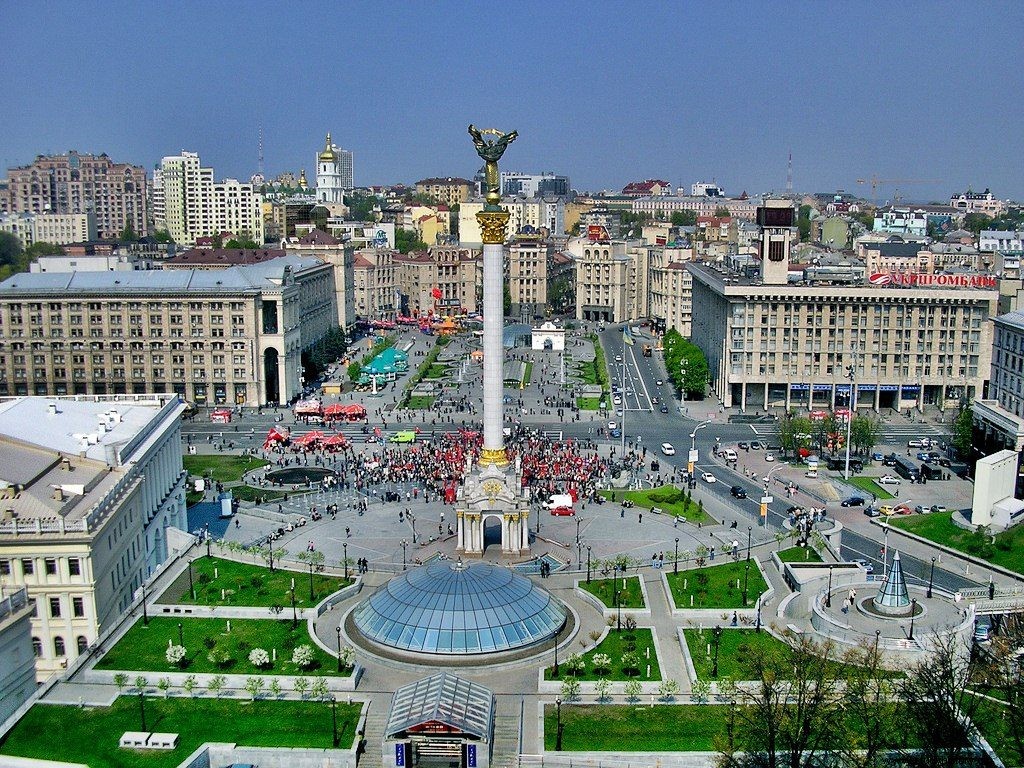
Although so much has happened in Ukraine throughout history, the spirit of the people always finds a way to be resurrected. As many of you are aware, this event has been present for the last eight years and is only getting worse.
The future is uncertain for the country, but things can get better. Overall, these current events serve as a test of time for Ukrainians as they continue to make history.
Significance of the origin of Ukraine

Finally, from taming horses, shopping, establishing Kievan Rus and fighting for freedom, Ukraine is highlighted. This interesting gem in Eastern Europe will continue to fascinate and motivate others when it comes to art.
Another is to catalyze modern Slavic nations found in Central and Eastern Europe. Followed by playing a role in its unique representation in the world when everyone else's attention turns to the country.
No matter the year, Ukraine will always be seen as a treasure trove of culture and representation.
Works cited:
Jarr, Nicholas, Why did not you save me ? 2011
History of Ukraine - Ukraine.com
A BRIEF STORY OF UKRAINE - Local Stories
Kievan Rus - When Viking Prince Oleg Ruled Medieval Russia - HISTORY
Romantic Nationalism in Eastern Europe:Russian, Polish, and Ukrainian Political Performances - Stanford Scholarship (universitypressscholarship.com)
